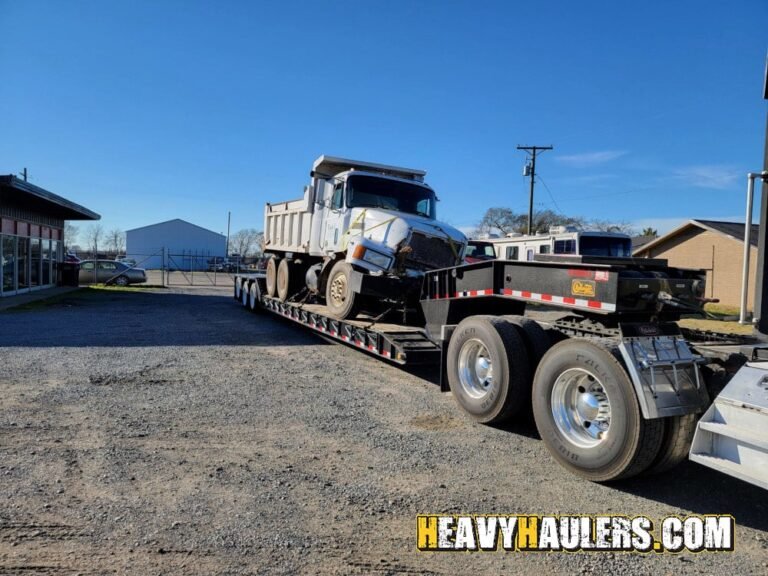We break down the process so you know what to do if your gear gets damaged in shipping.
Make sure you don’t reject the driver with the shipment. With damaged goods, rejecting the shipment may seem like the best course of action, but it is not. Because it was your decision to refuse delivery, you may be responsible for storage costs incurred by the carrier while your claim is being processed.
There may also be a clause in your equipment transport insurance policy that exempts the insurer from payment if you refuse delivery of the shipment. Most equipment shipping insurance companies will insist that you accept the shipment, document any damage with photos, or have an adjuster inspect the merchandise in person before paying any claims.
Thoroughly check the delivered equipment and note any discrepancies. Carefully examine the pallet, packaging and packaging; open any crates or boxes to check for damage. Locate and photograph all affected areas and items.
Accept the damaged goods and take careful notes before signing the Bill of Lading (BOL) or Proof of Delivery (POD) issued by the carrier. Always, always, always add notes to the BOL before you sign it; otherwise, it will demonstrate that the equipment was delivered in excellent condition, even if there are discrepancies.
Be sure to keep the transportation and packaging. When a cargo claim is filed, the carrier can assess the damage in person and salvage the broken equipment. If they are not given this opportunity, the claim may be rejected and you will not be compensated.
The next step is to pay the freight bill, as claims must be submitted with a copy of the paid freight bill. Regardless of who is at fault, your chances of getting paid can be affected if you don’t pay the shipping bill as a show of good faith.
You are now ready to submit your claim. The Carmack Amendment provides that the carrier has one month from the date the claim was filed to issue an acknowledgment. The final decision must be made and delivered within the following three months. Your claim will be voided if you submit your claim too late.
Make and keep copies of documents such as the bill of lading, paid freight bill, invoices showing the cost of the damaged equipment, packing slips, a standard claim form and photographs proving the damage. Once you have collected all these documents, place them in a marked folder and keep them in a safe and easily accessible place. The more evidence you have, the stronger your claim will be.

